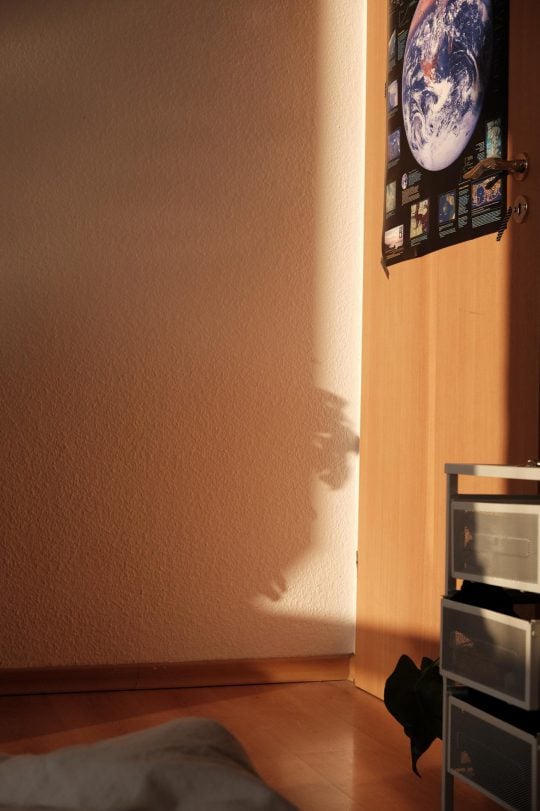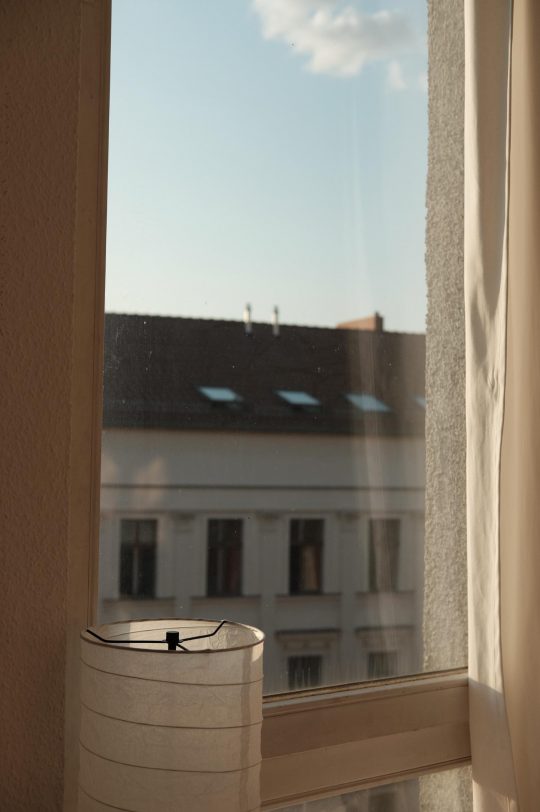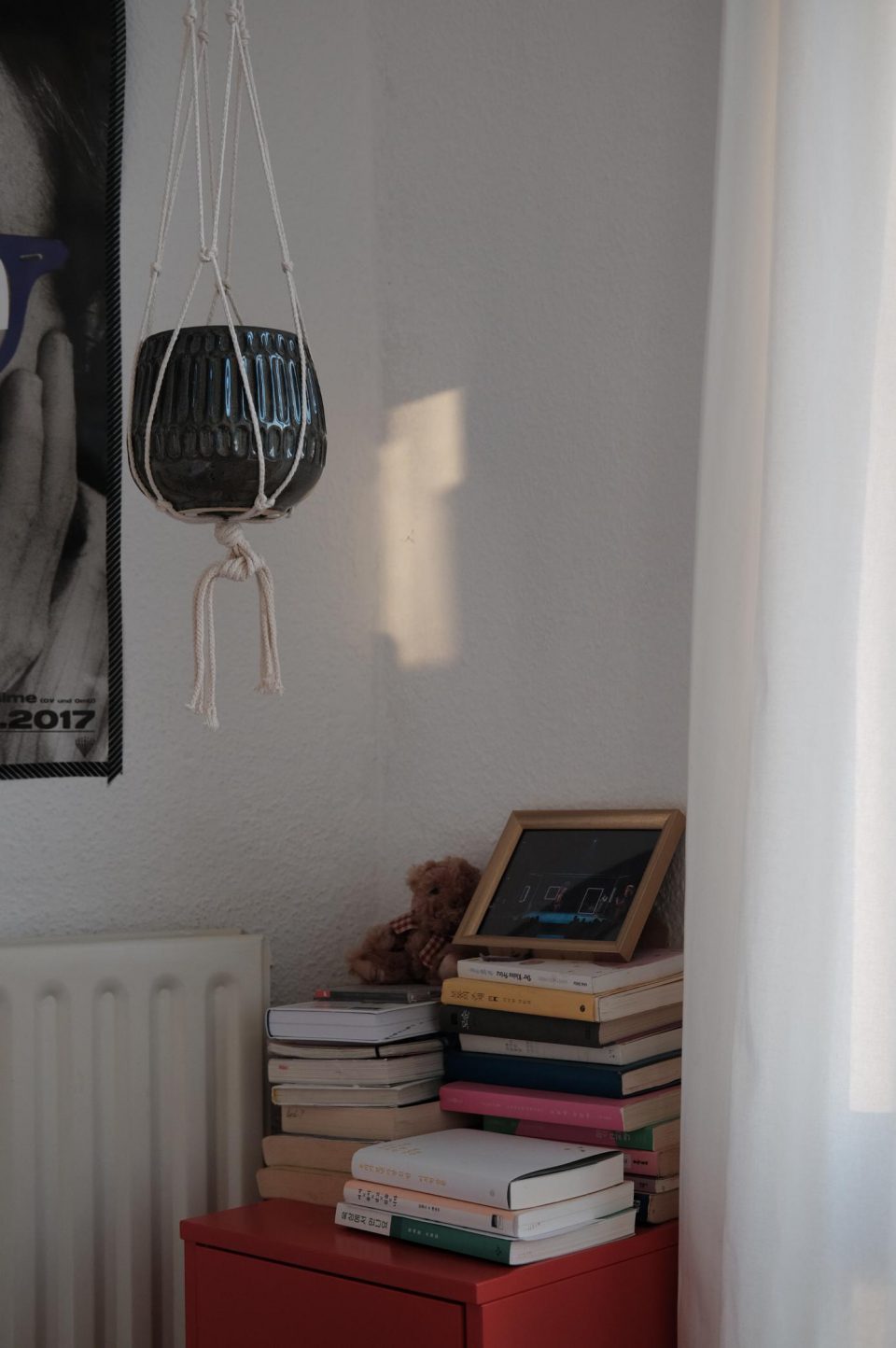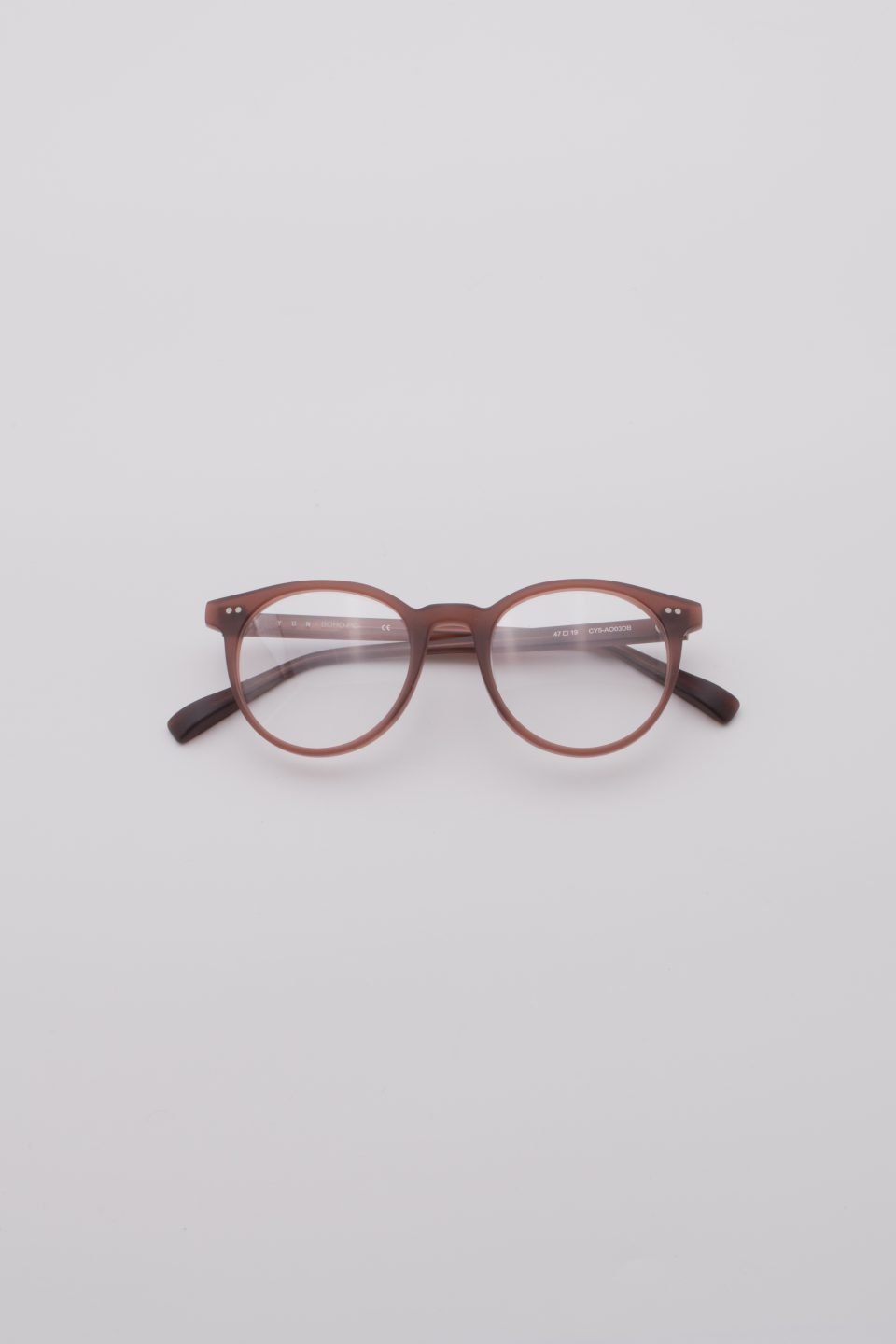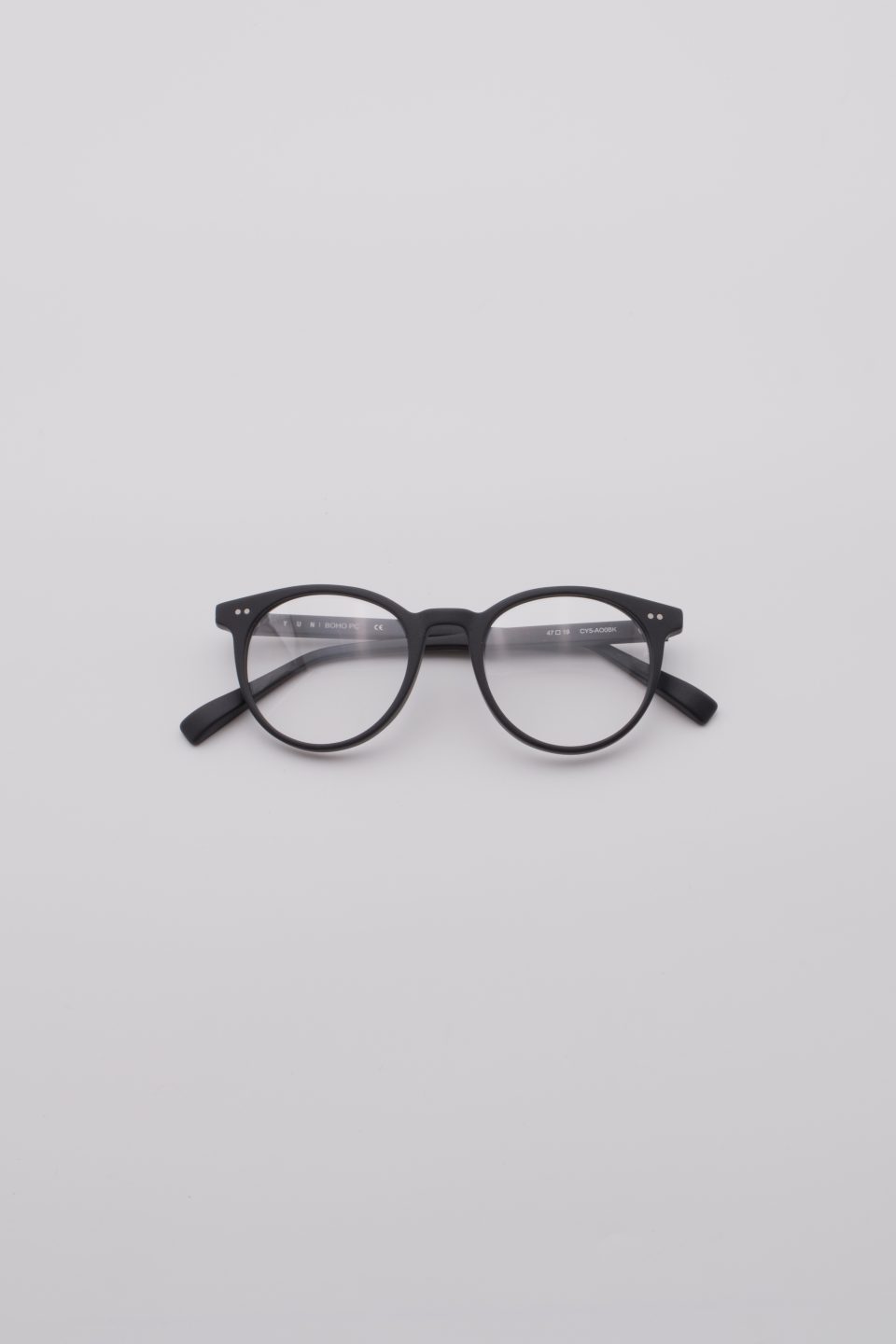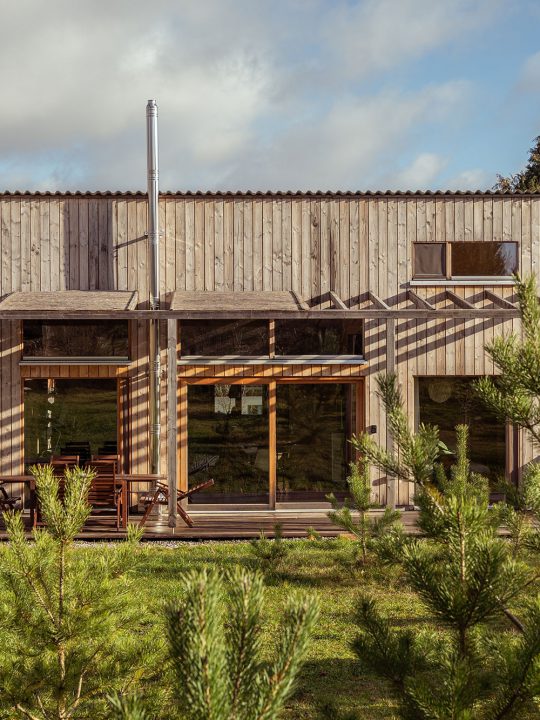LIGHTING URBAN APARTMENTS
When winter sets in it can feel like your apartment is all doom and gloom. Here are some easy ways you can make your flat seem lighter and brighter.
As summer fades into autumn, the sunlight hours become fewer.
Winter coats come out of storage, bringing with them the need for vitamin D supplements and sunlight lamps.
Northern cities like Berlin are among the worst sufferers of sunlight deprivation, with the seasonal shift signalling a slow transition from near-endless daylight to almost constant darkness.
Living in a flat means that, for the most part, major renovation to maximise or mitigate sunlight is out of the question. It may feel as though you are trapped in your current lighting situation, limited by your window placement and pre-installed fixtures. This is, thankfully, not the case. Plenty can be done to better or curb sunlight – without upsetting your landlord.
Before we get started, remember that lighting, like all things, takes time. Don’t be afraid to build and rebuild, adjusting every aspect of your living space to amplify comfort.
DARK SEASONS
LIGHTS
Creating a pleasant lighting environment is a bit of a game; lamps, mounted fixtures, and natural sunlight should blend harmoniously with no two overlapping or causing harsh shadows. That said, don’t overthink it; depending on the layout of your flat, you may need only a single free-standing lamp or even no lamps at all.
Almost more important than the amount of light in a room is the type of light. Normal incandescent and fluorescent bulbs only give off a few distinct wavelengths, which can make a room feel alien and unnatural when combined with sunlight. In place of normal lightbulbs, consider full spectrum bulbs, which emit a beautifully blended range of wavelengths across the colour spectrum. Full spectrum lights get as close to sunlight as an artificial light source can, making for a room that feels seamless, natural, and whole.
MIRRORS
Strategic mirror placement can improve your room’s light considerably. Keep mirrors close to natural light sources, paying particular attention to walls perpendicular to or opposite windows. Adding mirrors has the added benefit of making a room feel bigger, combating the detached, claustrophobic feelings that sometimes come with darker seasons.
REMOVE CLUTTER AND MESS
Finally, much of lighting is mental; there is something about a crowded room that simply feels darker than an organised space. A practical reason for this exists: anything that obstructs a light source results in less light in your room, whether that obstruction comes in the form of a shelf near a lamp or a stack of books in front of a window. Getting rid of all this excess means more light and a cleaner psyche.
In this same spirit, periodically washing your windows can greatly increase natural light. Set aside a few minutes every week to wipe the glass with a rag and glass cleaner. The impact on your room’s lighting will be dramatic.
LIGHT SEASONS
As summer makes its return, daylight shifts from a craving to something of a nuisance. Morning comes far too early for any reasonable person, and as the day ends, sunlight can pour into your room long after you’ve already made your way to bed. Too much sunlight has consequences beyond early wake-ups; harsh sun dries out some houseplants, and prolonged exposure to direct sunlight fades colours in fabric. Here’s what can be done to reduce, but not completely eliminate, sunlight.
CURTAINS
Curtains are your first line of defence against unwanted light. Blackout curtains have two main functions: stopping light from coming in and keeping a space cool. For some, using solely blackout curtains may be appropriate; if you find your flat gets perpetually overheated by sunlight, drawing blackout curtains closed prevents sun and heat from making their way into the flat.
The primary drawback of blackout curtains, however, is right in the name: blackout. Blackout means no light whatsoever – workable for preventing a 5 AM sunrise from interrupting your sleep, but isolating when waking up at 10 AM in complete darkness.
For ideal sunlight blockage, a thinner material should hang between your blackout curtains and window. Preferred is something woven, natural – something that lets in some light, but still serves to block the sun. Bamboo performs well in this regard, but an additional thinner curtain should also do the trick.
WINDOW FILM
It’s a more measurable solution than moveable curtains, but coating windows with UV protection film can soften a room’s light and prevent overheating.
In previous years, coating a window in film meant ruining the view, clouding whatever could be seen in a visible haze. Now, however, the technology has improved drastically, and while a view through a UV film-coated window may take some getting used to, the difference becomes nearly imperceptible after just a few days.
PAINTING AND DECORATION
If a too-bright room is a consistent issue – and if your living situation allows – you may want to paint your flat anew. The clean feeling of unembellished pure white walls comes at the cost of their reflectivity; matte white paint sends diffused light all around a room. Consider a complete redecoration to a darker, natural tone, or simply paint one wall with a dark accent colour. In the case that painting is impossible or impractical, hanging art, fabric, or any other sort of wall covering dulls reflection, providing similar benefits.
Remember: only you know what feels right to you. Play with lighting and dimming options until you figure out the formula that works best for your life, even if it takes time and adjustment. The resultant clarity – of space, of light, and of mind – truly can’t be beat.




